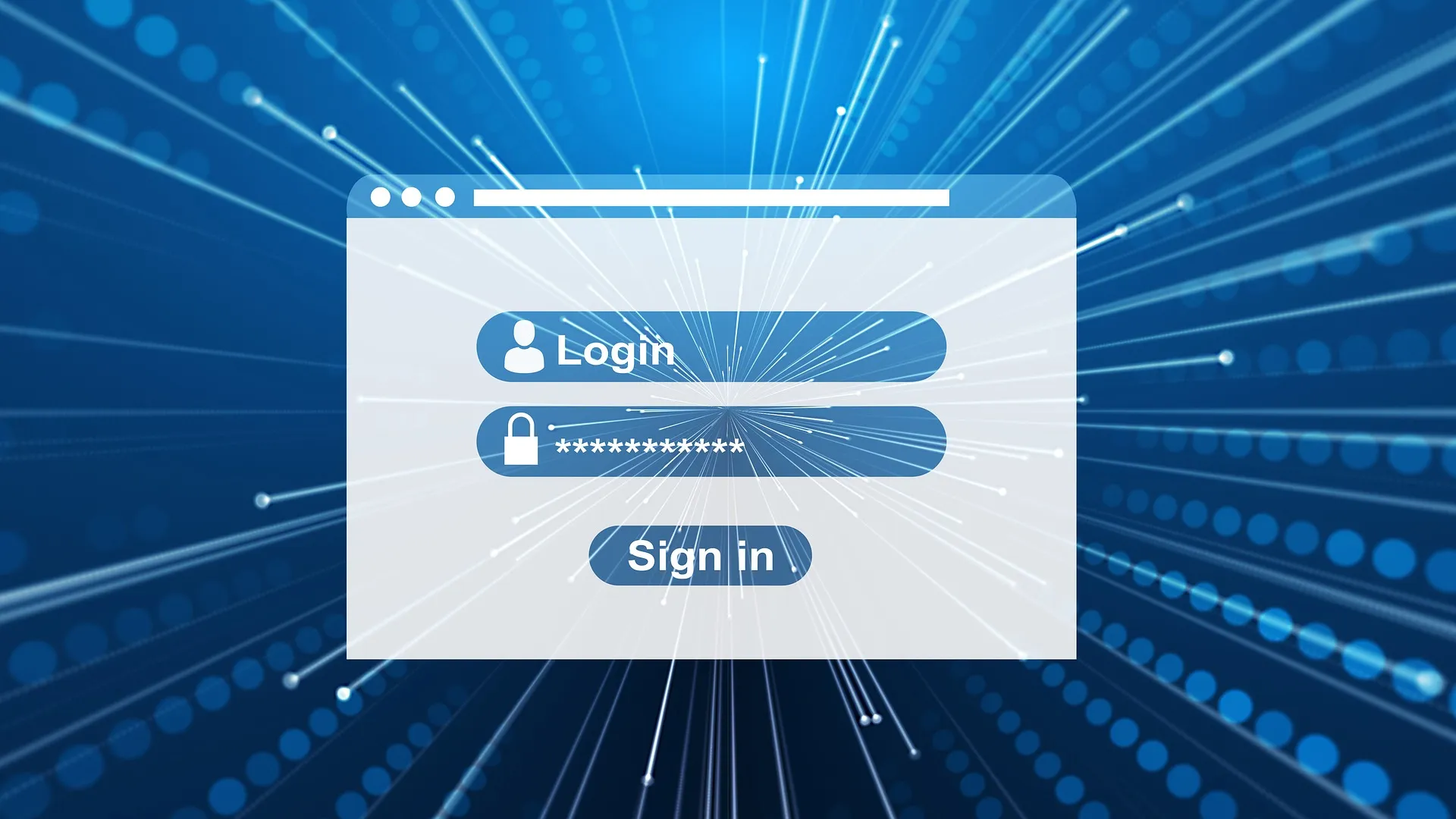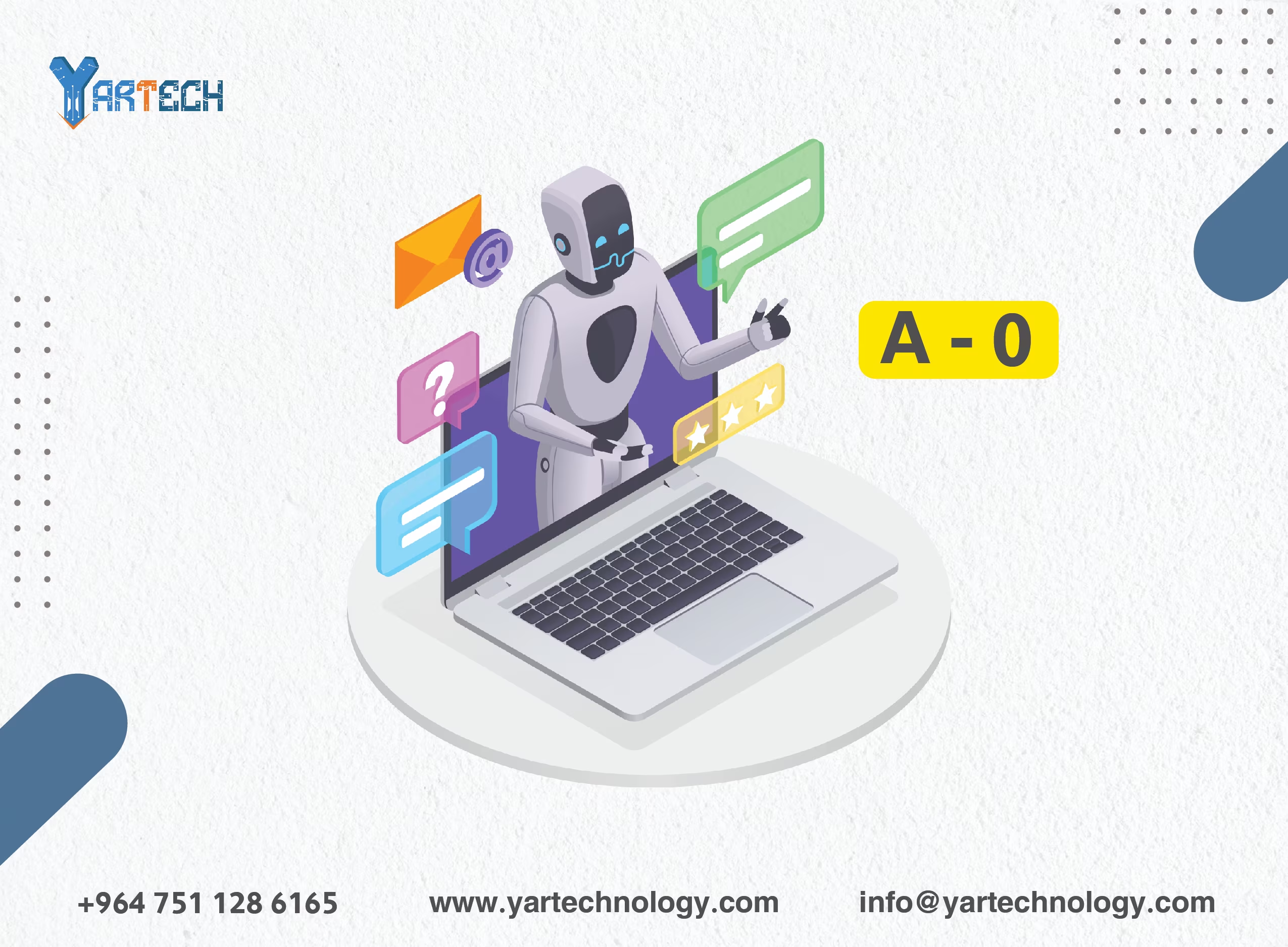Lesson Three: Password Management and Personal Security
A very important aspect of cybersecurity: password management and personal security.
Learn Cyber Security
February 13, 2025

Lesson Three: Password Management and Personal Security
Welcome back! In the previous lessons, we explored the types of cyber threats and how to deal with them. Now, it’s time to focus on a very important aspect of cybersecurity: password management and personal security .
Passwords are the key that protects all your digital accounts – from email to banking accounts. However, if your passwords aren’t strong or secure enough, you expose yourself to the risk of being hacked. In this lesson, we’ll provide you with the best practices for managing passwords and enhancing your personal security.
1. The Importance of Strong Passwords
Why Should Passwords Be Strong?
A weak password is one of the most common causes of cyber breaches. Attackers use automated tools that can test thousands of combinations in seconds. If your password is weak (like "123456" or "password"), it can be easily compromised.
How to Create Strong Passwords?
-
Use a mix of uppercase and lowercase letters, numbers, and symbols : For example, instead of using "mypassword," you could use something like "Myp@ssw0rd!2023".
-
Avoid personal information : Don’t use your name, birthdate, or any easily guessable personal information.
-
Make each password unique : Don’t use the same password for all your accounts. If one account is compromised, all your other accounts will be at risk.
2. Password Managers
What is a Password Manager?
A password manager is a tool that helps you create and securely store strong passwords. Instead of remembering dozens of different passwords, you can use a password manager to remember them for you.
Benefits of Using a Password Manager:
-
Greater security : Password managers encrypt your passwords, making it difficult for attackers to access them.
-
More convenience : You don’t need to remember complex passwords; you only need to remember one master password to unlock the password manager.
-
Automatically generate strong passwords : Most password managers offer the option to create random, strong passwords with just one click.
Examples of Password Managers:
- LastPass
- Dashlane
- 1Password
- Bitwarden
3. Two-Factor Authentication (2FA)
What is Two-Factor Authentication?
Two-factor authentication (2FA) is an additional layer of security that you add to your accounts. Even if your password is compromised, attackers won’t be able to access your account without the second form of verification.
How Does 2FA Work?
After entering your password, you’ll be asked to provide another form of verification, such as:
- A code sent to your phone via SMS.
- A code generated by an authentication app like Google Authenticator.
- A physical security key (Hardware Key).
Why Should You Enable 2FA?
-
Extra protection : Even if your password is compromised, attackers won’t be able to access your account without the second verification step.
-
Easy setup : Most popular services (like Gmail and Facebook) support 2FA, and you can easily enable it in your account settings.
4. Updating Passwords Periodically
Why Should You Update Passwords Periodically?
Even if your passwords are strong, it’s a good idea to update them periodically. There may be unknown risks, such as data breaches from one of the websites you use.
Tips for Updating Passwords:
-
Change passwords every 3-6 months : Especially for sensitive accounts like email and banking accounts.
-
Use a password manager to help : A password manager can remind you to update old passwords.
5. Protecting Your Personal Device
How Do We Protect Our Devices from Hacking?
Managing passwords alone isn’t enough. Your devices should also be protected from cyber threats.
Tips for Protecting Your Device:
-
Use antivirus software : Ensure you have a trusted and regularly updated antivirus program installed.
-
Enable the firewall : The firewall prevents unauthorized access to your device.
-
Secure your home screen with a password or fingerprint : If you lose your device, a password or fingerprint will prevent others from accessing your data.
Lesson Summary
In this lesson, we learned the importance of managing passwords and how to create strong, unique passwords. We also reviewed tools like password managers and two-factor authentication that help enhance your personal security. Additionally, we provided tips on how to protect your devices from cyber threats.
What’s Next?
In the next lesson, we will discuss network security and internet safety . You’ll learn how to secure your home network, handle public networks, and understand the risks of connecting to public Wi-Fi.
Tip for Followers
Remember, a strong password is your first line of defense against cyberattacks. Invest some time in improving your passwords and using tools like password managers and two-factor authentication. These simple steps can make a big difference in protecting your accounts.
Stay tuned for more tips on how to enhance your cybersecurity in upcoming lessons!
Comments

There are no comments
Please login to leave a review







